Toronto will soon be home to a major new showcase for building-integrated photovoltaic technology (BIPV), a fast-developing building-materials field that takes solar power generation from the familiar form of roof panels to cladding, windows, railings and, possibly next, sidewalks and roadways.
BIPV specialist Mitrex is just wrapping up a major upgrade and expansion of its factory and business headquarters on Racine Road in east Toronto. The new production line is fully automated and, most notably, according to business development leads Emelie Reis and Dejan Vrljic, the cladding of the plant has been turned into a massive showpiece for the firm’s various BIPV products in use.
The field is relatively new, explained Reis, with firms competing to create customized solutions for clients and take BIPV to the next level, which in Mitrex’s case would be generating solar power from literally every building surface under the sun.
“Up until now, building owners, architects and engineers never had a product or building material that is creating clean renewable energy, that has absolutely no design limitations and is also cost effective,” said Reis.
“Part of our philosophy is that architects never have to compromise between esthetics and sustainability ever again,” added Vrljic.
Reis and Vrljic noted the new 100,000-square-foot facility will also enable expanded research and development efforts that the firm hopes to exploit at new plants to be built across Canada and in the U.S., bolstering its supply chain in the growing BIPV market.
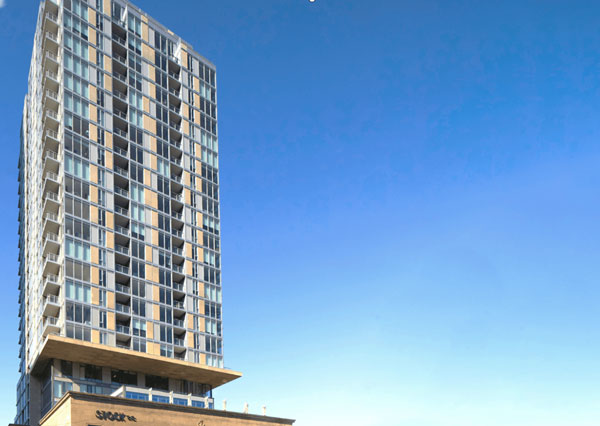
Mitrex’s current BIPV line was introduced just in the past year, so while there are about 150 projects in the firm’s sales pipeline, there has not been a large finished structure that showcases its full BIPV capabilities — until now. The new Mitrex headquarters will be completed shortly.
“Our first project thus far is going to be our headquarters and plant,” said Reis, noting the factory has an over 600-kilowatt system that is providing solar energy to Mitrex’s production line.
Vrljic makes the case that BIPV introduces space efficiencies into a project.
“Our solar applications are an integrated solution,” he said. “Rather than a building needing to allocate additional areas of space and budget to introduce solar technology, we’re integrating that technology right into your building elements, such as the exterior wall windows and the railing.”
BIPV is taking off because manufacturers have been able to innovate with product design and improve esthetics. Prices are reasonable, especially when life-cycle energy costs are calculated, and design variety has exploded. Mitrex panels made of tempered glass and aluminum honeycomb backing can be customized with patterns mimicking Calcutta Marble, Azul Bahia Granite, traditional wood or concrete. Panels come in sizes from two-by-four feet to three-and-a-half by six-and-a-half. Installation is by standard rainscreen.
“The actual assembly is pretty straightforward,” said Vrljic.
To provide energy from the solar power generated, an inverter is required to convert direct current to alternating current. Firms use microinverters for smaller projects, string inverters or central inverters.
Mitrex solar modules have a maximum voltage system of 1,000 volts, meaning they are compatible with 600-volt input voltage inverters, suitable for residential building applications.
The firm explains that a constant source of innovation in the field results from research on the natural interaction of light and pigment, studying the reflective and absorbent properties of colour to optimize efficiency and esthetics.
Other opportunities for innovation come in customizing engineering plans, incorporating such products as solar glass, railings or greenhouses into a project, and finding new applications for the BIPV, such as military installations.
Future Mitrex applications may include airports, stadiums, noise barriers, warehouses, floating solar centres and data centres.
Follow the author on Twitter @DonWall_DCN.


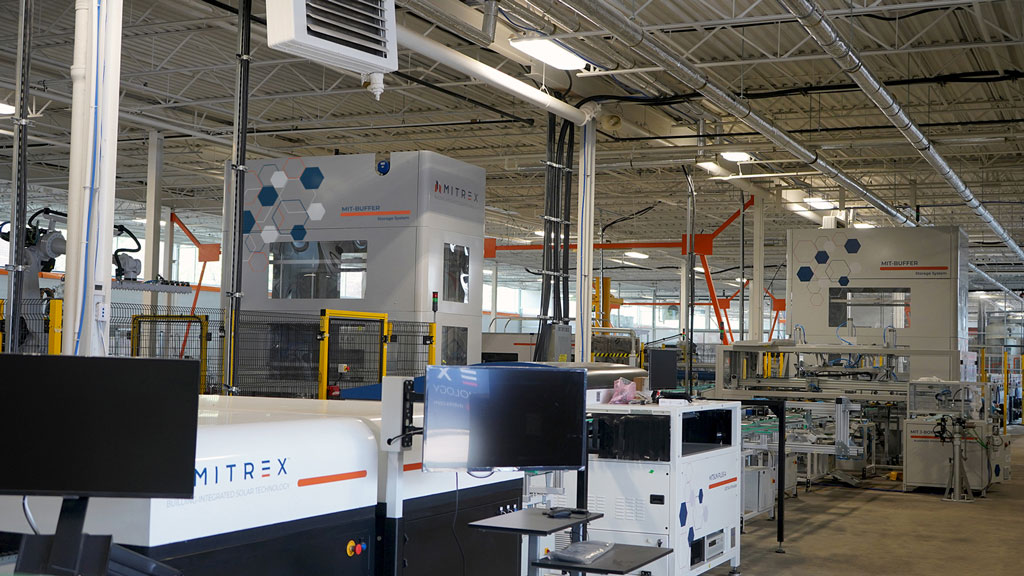

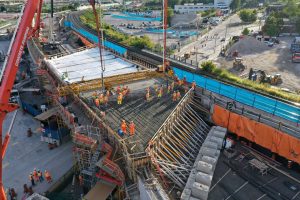



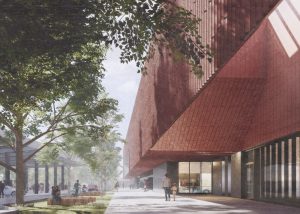
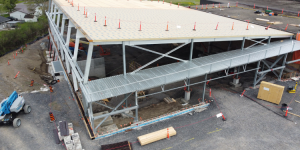

Recent Comments